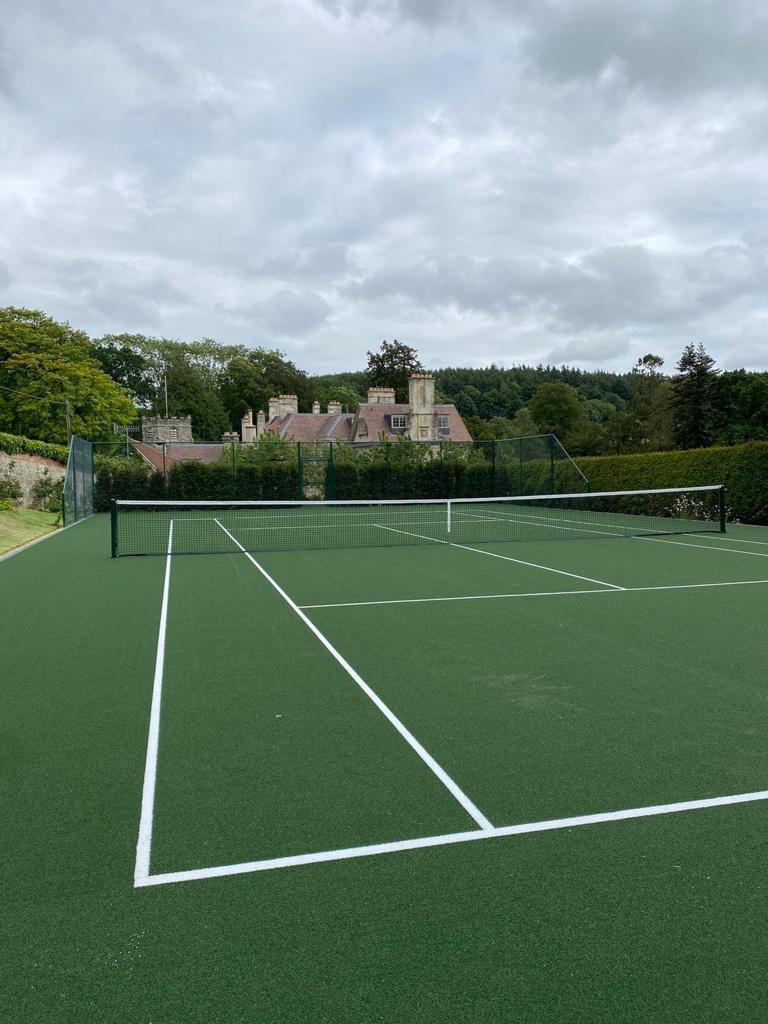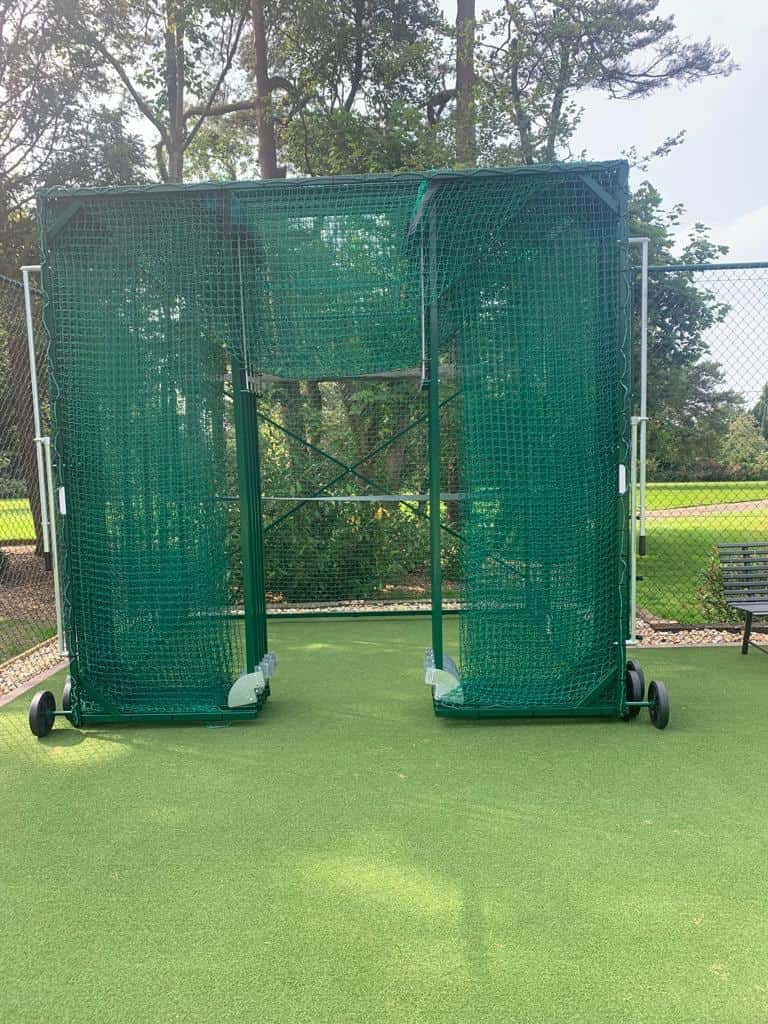Refurbishing a tennis court is an excellent way to restore its original condition, extend its lifespan, and enhance the playing experience for users. Whether you are dealing with an old, weather-worn court or simply looking to upgrade the surface, understanding the refurbishment process is key to achieving the best results. At Tennis Court Construction Kent, we specialise in professional tennis court refurbishments throughout Kent, ensuring that each project is completed with precision and care. Here’s a detailed guide on what you can expect during a tennis court refurbishment.
1. Initial Assessment and Planning
The first stage of any tennis court refurbishment is a thorough assessment of the existing court condition. This involves:
- Surface Inspection: Professionals will evaluate the condition of the current surface, identifying any cracks, low spots, or worn areas that need attention. This step is crucial for determining the extent of work required.
- Drainage Evaluation: Proper drainage is essential for maintaining a tennis court. Any issues with water pooling or poor drainage will be noted during the initial assessment, as these can impact the longevity of the new surface.
- Client Consultation: During this phase, we work closely with the client to understand their needs and preferences, whether that involves changing the surface type, adding new lines, or upgrading the court’s appearance. This ensures that the final result aligns with the client’s expectations.
2. Surface Cleaning and Preparation
Once the plan is in place, the next step involves preparing the court for refurbishment. This process typically includes:
- Deep Cleaning: The existing surface is thoroughly cleaned using pressure washing equipment. This removes dirt, moss, algae, and other contaminants that can affect the adhesion of new coatings or resurfacing materials.
- Crack Filling and Repairs: Any cracks or low areas are filled using specialised fillers designed for tennis court surfaces. This ensures a smooth, even foundation for the next stages of refurbishment.
- Levelling the Surface: If the court has any uneven areas or depressions, these will be levelled out to create a consistent playing surface. This step is essential for preventing water pooling and ensuring that the court meets professional standards.
3. Resurfacing the Court
Resurfacing is a critical part of the refurbishment process, and it involves applying new layers to create a fresh, playable surface. This stage includes:
- Applying a Base Layer: A base layer is applied to ensure the new surface adheres properly. This can be made of an acrylic or asphalt binder, depending on the specific needs of the court.
- Acrylic Colour Coating: After the base layer, an acrylic colour coating is applied. This provides a smooth, even finish and enhances the court’s appearance. The colour options can be customised to match the client’s preferences, with popular choices including green, blue, and red.
- Line Marking: Once the colour coating is dry, precise line marking is carried out to ensure the court meets standard dimensions. This includes marking the baseline, service boxes, and sidelines. Professional-grade paint is used to ensure durability and visibility.
4. Upgrading Additional Features
A tennis court refurbishment can also include upgrades to other elements, such as:
- New Netting and Posts: Replacing old or damaged netting and posts can enhance the playing experience. High-quality nets and sturdy posts ensure that the court is ready for competitive play.
- Fencing Repairs: If the court’s perimeter fencing is damaged or rusted, refurbishment provides an opportunity to repair or replace it. This not only improves the appearance but also ensures that the court remains secure.
- Lighting and Seating: For clubs or homeowners looking to extend playing hours into the evening, adding or upgrading court lighting can be a valuable addition. Refurbishments can also include the installation of benches or seating areas for players and spectators.
5. Final Inspection and Quality Assurance
Before the court is handed back to the client, a final inspection is conducted to ensure that all work has been completed to the highest standard. This involves checking:
- Surface Quality: Ensuring that the surface is smooth, free from defects, and meets the agreed specifications.
- Line Precision: Verifying that the lines are accurately marked and adhere to standard measurements.
- Overall Appearance: Confirming that the court looks clean, professional, and visually appealing.
This thorough inspection guarantees that the refurbished court is ready for use and will provide a high-quality playing experience.
Conclusion: Trust the Experts for a Seamless Tennis Court Refurbishment
A well-executed tennis court refurbishment can transform an old, tired surface into a fresh, professional-standard court that players will enjoy for years to come. By understanding the process—from initial assessment to final inspection—you can approach your project with confidence, knowing what to expect at each stage. At Tennis Court Construction Kent, we pride ourselves on delivering top-notch refurbishment services that meet the unique needs of our clients in Kent.
Call us on: 01580 234 693
Click here to find out more about Tennis Court Construction Kent
Click here to complete our contact form and see how we can help with your court needs.


